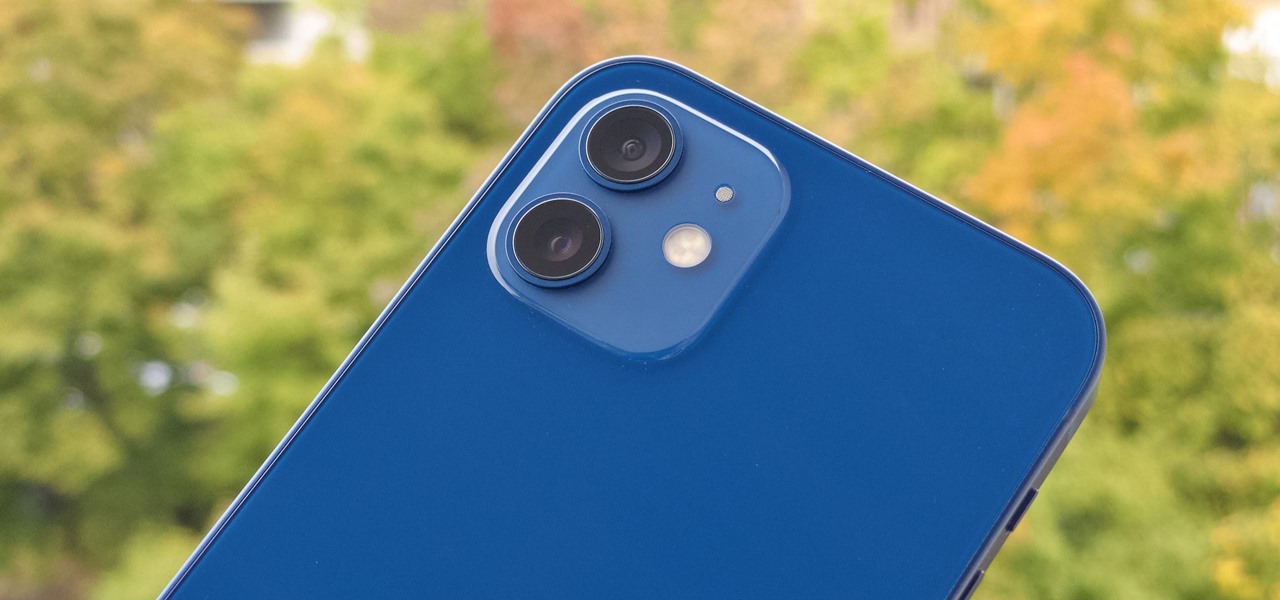

The mode works best for brightly lit surroundings, while colorful objects and movement can actually look worse. So is the HDR photo better than a non-HDR? Not always. With iPhone’s HDR mode, your camera captures more shades and thus takes better photos under difficult lighting conditions.

So if you shoot a sun-lit street, for example, either the sky will be washed out, or the buildings will be reduced to black shapes. The reason you have an HDR setting on your iPhone is that cameras have limited dynamic range - which means they capture far fewer shades than your eye does. The best fragments of these photos are then glued together to produce one vivid, well-detailed image. If HDR mode is on, your iPhone’s camera takes three photos: one very bright, capturing the darker parts of the scene well one very dark, with the lightest parts retaining color and detail, and one of regular brightness. HDR means high dynamic range, or more shades between the lightest and the darkest one. So what is the HDR setting in iPhone Camera? Plus, we’ll take a closer look at Apple’s hot new tech: Smart HDR on iPhone XS. In this guide, we’ll lay out what HDR is, why you need it, and what the difference is between an HDR and a non-HDR photo.

HOW TO TURN ON HDR ON IPHONE HOW TO
You’ve probably seen the HDR badge on some of your photos and the namesake setting in your Camera app - but what exactly does it do? iPhone’s HDR mode can dramatically improve your shots if you know how to use it.


 0 kommentar(er)
0 kommentar(er)
